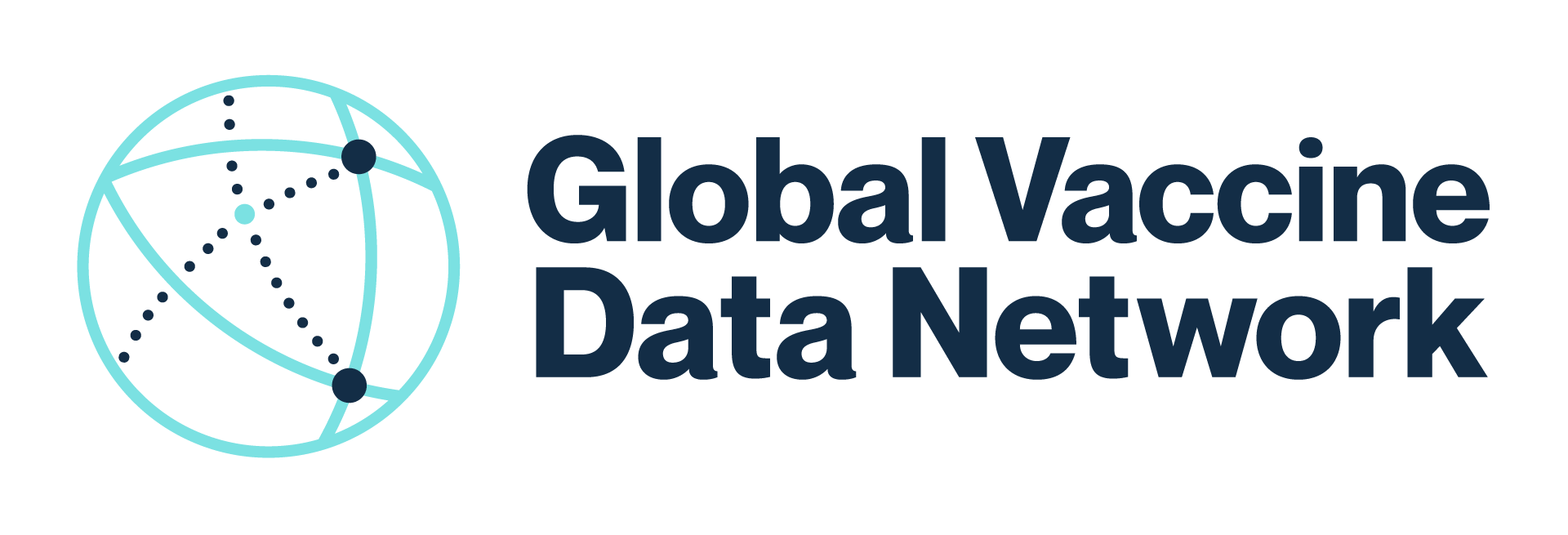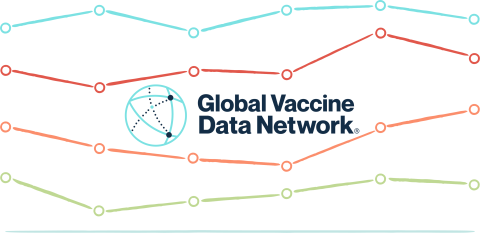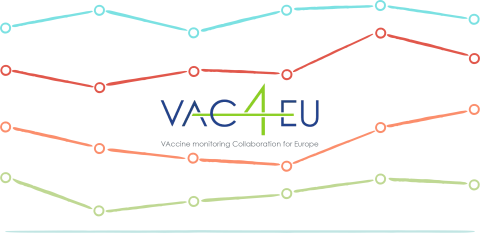Overview of vaccine safety surveillance and the essential role of background rates
Adverse events
An adverse event following immunisation (AEFI) is any untoward medical occurrence that follows immunisation and that does not necessarily have a causal relationship with the usage of the vaccine.
Adverse events of special interest (AESI) are pre-defined medically significant events that have the potential to be causally associated with a vaccine that need to be carefully monitored and confirmed by further studies. In response to availability of COVID-19 vaccines, the Brighton Collaboration Safety Platform for Emergency Vaccines (SPEAC) Project, developed and now maintains, a list of adverse events of special interest (AESIs) for COVID-19 vaccination based on existing and emerging data and literature. The list, which includes events with a proven association with vaccination or a vaccine platform, and events with a theoretical concern related to the immune response, disease complications, and vaccine platform concerns seen in animal models, has been used to inform key health outcomes for background rates, rapid cycle analysis, and observed versus expected analysis.
The Brighton Collaboration have published standardised case definitions to assess many of the AESIs or are under development for the AESIs
Vaccine safety
Assessment of vaccine safety occurs during all three pre-approval clinical trial phases but, by necessity, vaccine recipient numbers are limited. Even the largest phase III clinical trials, such as those for the currently available rotavirus vaccines, only include tens of thousands of participants compared with country and global populations for whom the vaccine has been developed. Clinical trials are also limited in the diversity of populations that can be enrolled, individuals who are pregnant or who have health conditions may be excluded, and diverse ethnic groups may not be represented.
Very rare health outcomes, which could be vaccine-associated, may not be seen until hundreds of thousands to millions of individuals have been vaccinated. To identify a two-fold risk of a vaccine-associated adverse event that occurs once in 100,000 people, 2.35 million people who have received the vaccine need to be compared with 2.35 million people who have not. Ongoing vaccine safety surveillance is essential after vaccines receive emergency-use authorisation and/or licensure and vaccines are administered in the general population.
Passive reporting pharmacovigilance, the least expensive and most common system used by many countries, relies on voluntary reporting but can identify potential vaccine safety signals for unexpected adverse events. However, the size of the population they monitor may prevent identification of very rare events, and the type and quality of the data collected can be influenced by many factors. Data from passive reporting systems has no denominator, nor does it include an unvaccinated population for comparison. Passive surveillance systems have significant limitations with rapidly and reliably identifying genuine vaccine safety signals.
Active safety surveillance includes processes that monitor large communities for the occurrence of health conditions or unexpected adverse events after vaccination. Ideally, monitoring is prospective and occurs in or near real-time such as rapid cycle analysis and observed versus expected studies once vaccines are being administered in the general population. Identification of potential vaccine safety signals provides a trigger for further work to identify if the incidence of the health condition or event is higher, the same, or lower when compared with a similar population during a similar time prior to the vaccine being available.
Data about the occurrence of the health condition or adverse event over a period before the vaccine was introduced, the baseline or background incident rates, is a critical component of vaccine safety surveillance and monitoring.
Background rates
Knowledge of background rates for health outcomes before the introduction of a vaccine provides a critical baseline and context to assess the rate health outcomes occurring temporally (around the time) of vaccination.
Use of background rates:
- Allow early and rapid assessment of potential safety signals.
- Compare events occurring now (what we are observing) with what happened before (what we expect).
- Provide a context for what we are observing and help identify if the events are occurring around the time of vaccination by chance alone.
- Address the automatic assumption that “an adverse event that occurs after receiving a vaccine must have been caused by the vaccine” and fallacy “post hoc ergo propter hoc” (after this, therefore because of this).
However, when using background rates, it is important to consider that the data have limitations that may include:
- They are based on national administrative data, which are not coded or collected for use in health research.
- Codes are determined by presenting signs and symptoms, and/or diagnostic tests, and/or response to treatment, but the condition will rarely have been verified against a standardised case definition before being coded.
- Codes and coding practices may change over time.
- Usually, they are crude rates. Rates may be influenced by:
- Age, gender, and distribution of the population, socioeconomic status, comorbidities, medication use, and study methodology to derive the data.
- Time, such as seasons, and change over time.
- Access to and use of healthcare services can affect where and when health outcomes are identified and coded.
- The World Health Organization noted a significant decrease in healthcare visits for non-COVID-19 chronic health conditions when health resources were redirected to managing large numbers of COVID-19 cases after the pandemic started.
Despite the limitations, background rates that have been prepared for health outcomes that could occur in relation to vaccination make a positive contribution to vaccine safety surveillance in their role of one of the many tools available.
References
- Black SB, Law B, Chen RT, Dekker CL, Sturkenboom M, Huang W-T, et al. The critical role of background rates of possible adverse events in the assessment of COVID-19 vaccine safety. Vaccine. 2021;39(19):2712-8.
- Cohet C, Rosillon D, Willame C, Haguinet F, Marenne M-N, Fontaine S, et al. Challenges in conducting post-authorisation safety studies (PASS): A vaccine manufacturer's view. 2017;35(23):3041-9.
- Dodd C, Andrews N, Petousis-Harris H, Sturkenboom M, Omer SB, Black S. Methodological frontiers in vaccine safety: Qualifying available evidence for rare events, use of distributed data networks to monitor vaccine safety issues and monitoring the safety of pregnancy interventions. BMJ Glob Health. 2021;6(Suppl 2):e003540.
- Gubernot D, Jazwa A, Niu M, Baumblatt J, Gee J, Moro P, et al. U.S. Population-Based background incidence rates of medical conditions for use in safety assessment of COVID-19 vaccines. Vaccine. 2021;39(28):3666-77.
- Safety Platform for Emerging Vaccines S. D2.3 Priority list of adverse events of special interest: COVID-19. Brighton Collaboration; 2020.
- Strom B. Appendix A: Sample size tables. In: Strom B, Kimmel S, Hennessy S, editors. Pharmacoepidemiology. 6th ed. West Sussex: John Wiley & Sons; 2019. p. 1123-40.
- World Health Organization. COVID-19 vaccines: safety surveillance manual. Geneva: World Health Organization; 2020.
- World Health Organization. Adverse events following immunization (AEFI) [Internet]. Geneva: World Health Organization; 2022 [cited 2022 August 15]. Available from: https://www.who.int/teams/regulation-prequalification/regulation-and-safety/pharmacovigilance/health-professionals-info/aefi


